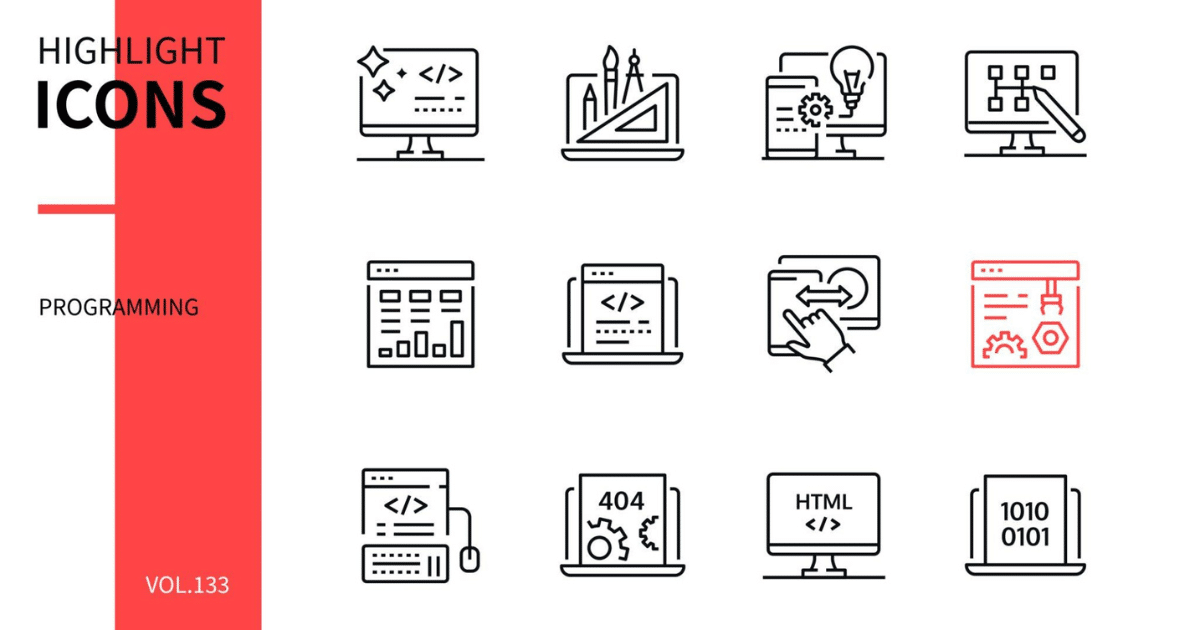Web design and UI/UX design are two terms that are often used interchangeably in the digital world. While both are crucial components of creating a successful website or application, they are not the same thing.
They serve different purposes and require different skill sets. With the ever-evolving nature of technology, it is essential to understand the difference between web design and UI/UX design to create effective and user-friendly digital experiences.
In this article, we will delve into the nuances of these two disciplines and highlight their distinct roles in the design world. Whether you are a business owner looking to revamp your website or a designer looking to specialize in a particular field, understanding the difference between web design and UI/UX design is crucial for success in the digital landscape.
So, let us explore the design world and uncover the key differences between web design and UI/UX design.
Comparing web design, UI design, and UX design:
| Web Design | UI Design | UX Design | |
|---|---|---|---|
| Focus | Visual aesthetics, overall site appearance | Interface interactions, buttons, menus, etc. | User flows, ease of use, emotions evoked |
| Goals | Attractive, visually appealing website | Intuitive navigation, seamless interactions | Smooth end-to-end user experience |
| Responsibilities | Site graphics, colors, fonts, photos, animations | Look and feel of interactive elements | User flows, information architecture |
| Questions they ask | How should the site look? What is the visual brand? | How do users interact with the interface? How is navigation designed? | How easy and enjoyable is the experience for users? |
| Overlap | Some overlap with UI/UX | Some overlap with web design and UX | Some overlap with web design and UI |
Purpose: user interaction and interface.
User interaction and interface play a vital role in shaping the success of any digital product or website.
The purpose of focusing on user interaction and interface design is to create an intuitive and seamless experience for users, allowing them to navigate through the product or website effortlessly.
A well-designed user interface ensures that users can easily access the needed features and complete their desired tasks efficiently.
By understanding user behaviour and incorporating user-centred design principles, such as usability testing and user feedback, designers can optimize the user experience, leading to increased engagement, customer satisfaction, and, ultimately, the success of the digital product or website.
Focus: aesthetics and functionality.
In addition to user interaction and interface design, a strong emphasis on aesthetics and functionality is essential in web design and UI/UX design.
Aesthetics refers to the visual appeal and overall look of a digital product or website. At the same time, functionality focuses on the practical and functional aspects that allow users to accomplish their goals effectively.
Achieving a balance between aesthetics and functionality is crucial as it creates a visually appealing and consistent design that is user-friendly and easy to navigate. This combination enhances the overall user experience, making it more enjoyable and engaging.
Designers strive to create visually stunning designs that not only capture the attention of users but also enhance their ability to interact and engage with the digital product or website seamlessly.
Ultimately, the harmonious integration of aesthetics and functionality is key to creating a memorable and successful user experience.

Design elements: visuals and usability.
Regarding design elements, visuals and usability are crucial in both web design and UI/UX design. Visuals encompass the overall aesthetic appeal and appearance of a digital product or website. At the same time, usability focuses on creating an interface that is intuitive, easy to navigate, and enhances user interaction.
Visual design elements such as colour schemes, typography, imagery, and layout are carefully chosen to create a visually pleasing and cohesive design that aligns with the brand or purpose of the digital product.
Usability, on the other hand, involves designing interfaces that allow users to effortlessly accomplish their tasks and goals, ensuring smooth navigation and clear guidance throughout the user journey.
By combining visually appealing design elements with seamless usability, designers can create a compelling and engaging user experience that leaves a lasting impression on the users.
Web design: creating functional websites
Web design goes beyond just creating visually appealing websites. The primary focus is on creating functional websites that not only look good but also deliver a seamless and user-friendly experience.
This involves carefully considering various aspects such as information architecture, navigation, responsive design, and accessibility. Web designers work closely with developers to ensure that the website is not only aesthetically pleasing but also technically sound and optimized for performance.
They strive to create user-centred designs that prioritize the needs and goals of the target audience, resulting in a website that is intuitive, easy to navigate, and provides a positive user experience.
The ultimate goal of web design is to create a website that not only attracts visitors but also keeps them engaged, encourages conversions, and ultimately achieves the desired business objectives.

Conclusion
In conclusion, while web design and UI/UX design may seem similar, they serve different purposes and require different skill sets. Web design focuses on creating visually appealing and functional websites, while UI/UX design focuses on creating a seamless and user-friendly experience for the end user.
Both are crucial components in creating a successful online presence, and businesses need to understand the differences and utilize them effectively to stand out in today’s digital landscape. By recognizing the unique strengths and roles of web design and UI/UX design, businesses can create a comprehensive and engaging online platform for their target audience.






